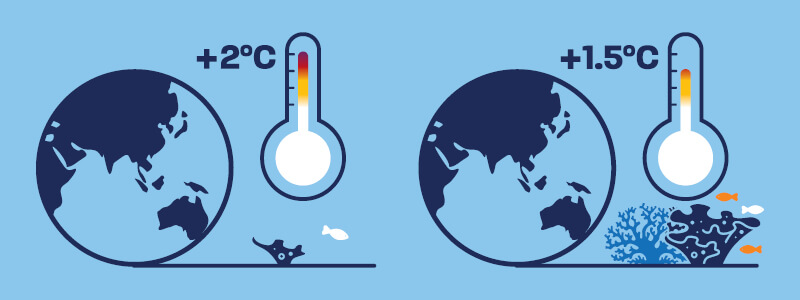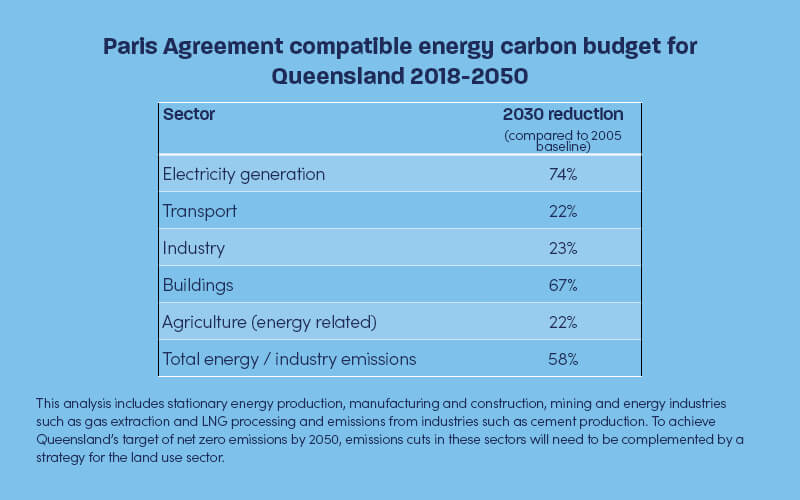Our beautiful Great Barrier Reef is in grave danger.
Climate change impacts like marine heatwaves, extreme El Nino events and ocean acidification mean our Reef’s future is on the line.

The science is blunt. If the world reaches 2°C of warming, extinction of the world’s coral reefs is guaranteed. But if we limit warming to 1.5°C, we can preserve 10-30 percent of the world’s coral reefs this century and give them a chance to recover over time.
As the world’s best locally-managed coral reef, our Great Barrier Reef is likely to be at the upper end of this range. Our Reef generates more than $6 bn every year and supports 64,000 jobs. It’s in Queensland’s interest to do all we can to protect these jobs, most of which are in regional communities.
As the highest carbon-emitting state in Australia and custodian of the Reef, Queensland has an important role to play in cutting carbon emissions and giving our Reef a fighting chance.
The World Heritage Committee in 2017 urged Australia to undertake the most ambitious implementation of the Paris Agreement, consistent with limiting warming to 1.5°C, to protect the Outstanding Universal Value of all World Heritage properties, including our Great Barrier Reef.
Climate Change is the greatest threat to the Great Barrier Reef. Only the strongest and fastest possible actions to decrease global greenhouse gas emissions will reduce the risks and limit the impacts of climate change on the Reef. Further impacts can be minimised by limiting global temperature increase to the maximum extent possible and fast-tracking actions to build Reef resilience.
– Great Barrier Reef Marine Park Authority, Climate Change Position Statement
Carbon Budget
The global science and policy institute Climate Analytics has calculated Queensland’s Carbon Budget – which is the upper limit of carbon emissions that we can emit from our energy and industrial sectors – in order to play our part to limit warming to 1.5°C.
The figure is 1.2 gigatonnes of carbon dioxide between 2018 and 2050. If we keep emitting carbon pollution at the same rate as we did in 2017, this budget would be used up in less than 12 years, by 2031.
To ensure that our Carbon Budget lasts until 2050, Queensland needs to cut energy and industrial emissions by a total of 58% by 2030. This means replacing coal with renewable energy in the next decade and electrifying the transport sector.

The carbon budget was calculated by:
- Taking the global carbon budget that’s compatible with the 1.5°C pathway.
- Analysing Queensland emissions and policy commitments in the Australian context.
- Down-scaling the global budget to Queensland using a model-based approach.
- Examining the output of the model for each sector and evaluating it against the Paris Agreement benchmark of zero emissions by 2050 for developed economies.
Conclusion
Protecting the environmental, social and economic value of our incredible Great Barrier Reef is a priority for all Queenslanders and the responsibility of the government. The Carbon Budget sets out a compelling case for Queensland to urgently cut emissions to give our Reef the best chance of survival. It’s clear we need a plan to reduce energy and industrial emissions by 58% by 2030 while ensuring affected workers and communities are involved in the transition to a cleaner and safer future.